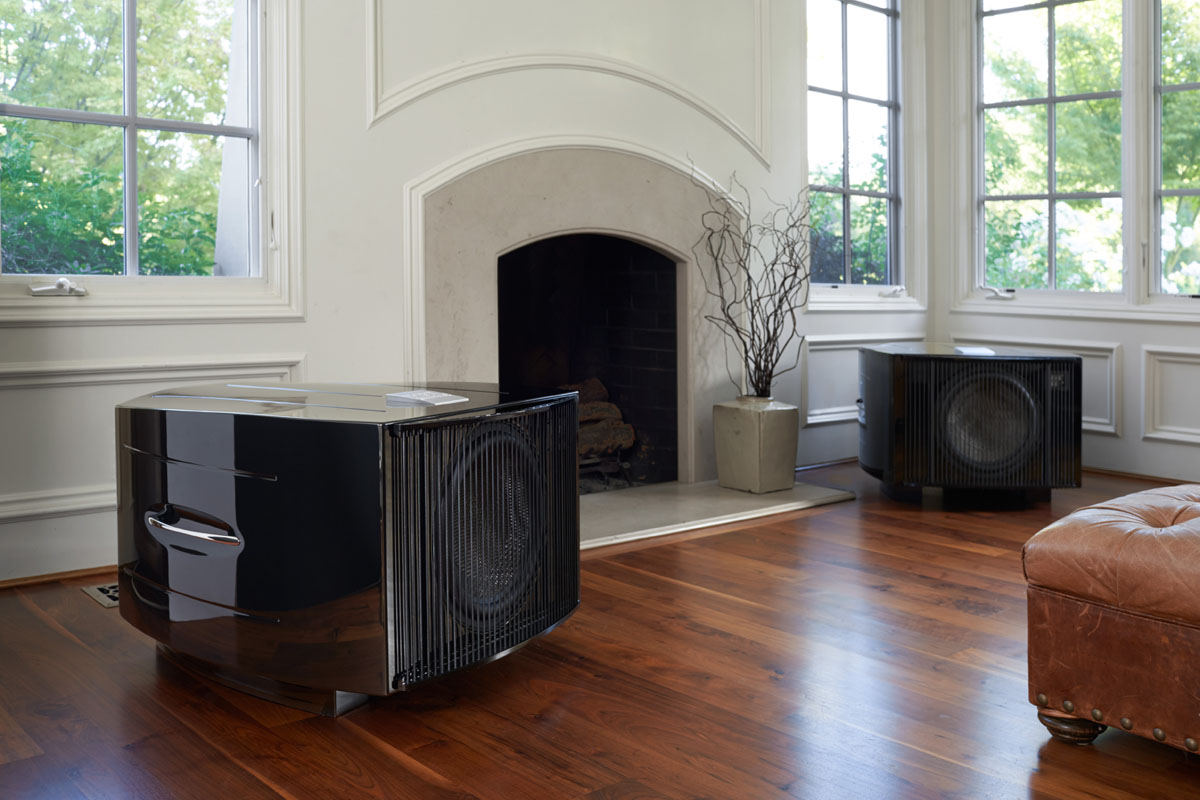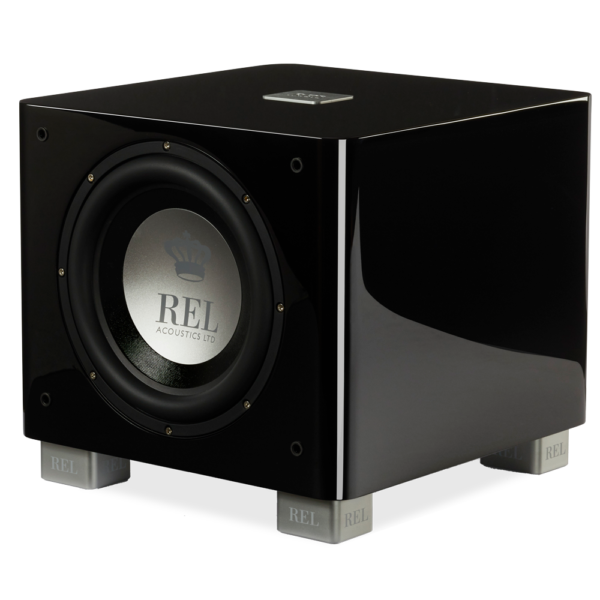Blog
Considering Stereo Pairs
Expanding Your Sound Stage With Dual RELs
Sales of matched stereo pairs of REL subwoofers have increased at an incredible pace in the past year. At first blush you might think customers are suddenly demanding massively more quantities of bass. However, REL buyers are choosing this path for entirely different reasons than the norm suggests. As usual, they are listening carefully, rather than following the herd, and obtaining spectacular results by so doing.

Let’s review what the industry’s technical position on the matter is:
- Up to +6 dB more bass than a single subwoofer can produce.
- Possible to create smoother bass response throughout the room.
Both those conditional benefits (“up to” and “possible to” aren’t exactly ringing endorsements) can be true enough, yet they miss the point for our customers. After all, for most REL customers, even a single unit makes more than enough output to exceed their expectations.
Let’s start with placement. Conventional wisdom requires the following placement caveats, both of which are generally inconsistent with high performance 2-channel, and high performance 2-channel is the basis of making a high performance multi-channel theater rig. First, to get that +6dB increase the industry speaks of, you must place the subwoofers very close together. At that point, you simply have created a single larger subwoofer without any benefits to spatial improvements, which we’ll come to in a moment. Hell, if you want very high output, buy a significantly larger REL and turn up the volume—in many cases it won’t cost as much as buying 2 smaller models. Industry standard again, states subwoofers should be stacked closely together to obtain the alleged smoother, more even in-room response.
Both of these approaches have little to do with why we began advocating for stereo pairs a couple years ago. It’s ALL ABOUT SPEED. The incredible clarity and illumination of soundstage becomes possible when carefully placed stereo pairs of REL are carefully positioned near the main speakers where their speed and body can integrate seamlessly with the highest performing speakers extant. We didn’t even begin guiding for this until shortly after we had introduced the Serie S range, at which point we realized that from S/3 straight up through Reference were capable of startling performance heretofore unrealized.
As good as the older R and T models were for their day, another big layer of the onion has been peeled back by Serie S, Serie T/i, and the second generation of Reference; for the first time, we have a complete range that can take advantage of this huge benefit.
It requires incredibly fast filters, amplifiers and drivers along with super quiet cabinets to produce the speed and imaging improvements that attend to going the stereo pair route. By doing so, the outer 2/3’s of the stage comes to life in ways that no single subwoofer can. The enjoyment many customers describe, speaks to the validity of RELs always adding much more realism and involvement rather than mere bass-heavy indulgence.
The current generation of modern RELs, especially when used as stereo pairs, are the first time that we have heard almost limitless resolution of the finely-pitched aural cues of time and distance-related signatures And, equally importantly for us theater mavens, it is critical when using the latest generation of Hi Rez front projectors on larger (10′-16′) screens to use a stereo pair of RELs as this maintains the clarity and depth of the sound track and special effects that these spectacular new projectors and screens offer. This has been a journey for the engineering team, and we simply want to ensure our customers and dealers are along for the ride as we continue to refine and develop our craft. It’s our pleasure to share it with you so that you, too, can enjoy the journey.
NOTE: I briefly referred to the outer 2/3 of the stage. This is because virtually all decently set-up systems offer a pretty fair version of the front- the region in the same physical plane as the main speakers, but almost all systems suffer from decreasing resolution on the outer thirds as one progresses deeper into the stage. The result is a “V” or “U” shaped stage in which the tips of those letters would be represented by the speakers and the point or curve extends back behind the speakers. As one sinks to the bottom of each letter that action corresponds with sinking deeper into the soundstage and it normally gets darker the further into the stage you listen. This darkness in the rear of the sound stage becomes illuminated with a stereo pair of RELs and it is possible to hear all the way back into the furthest regions of the stage.










